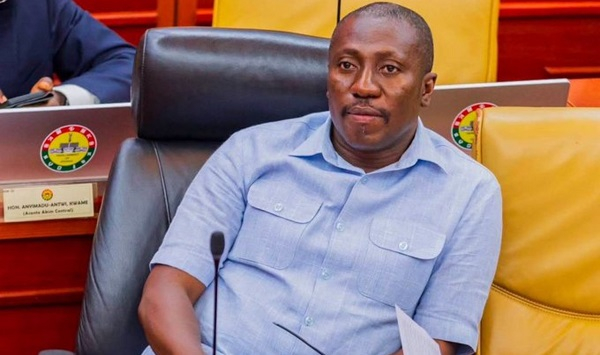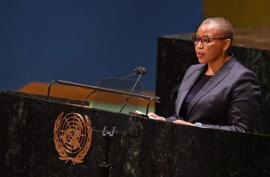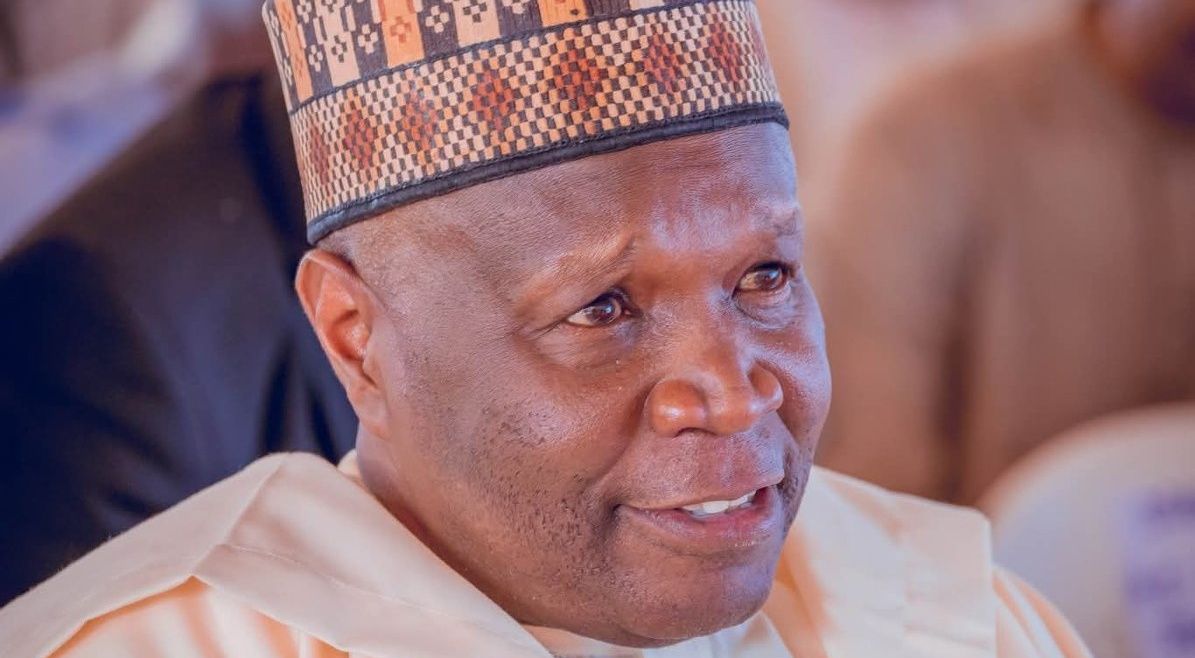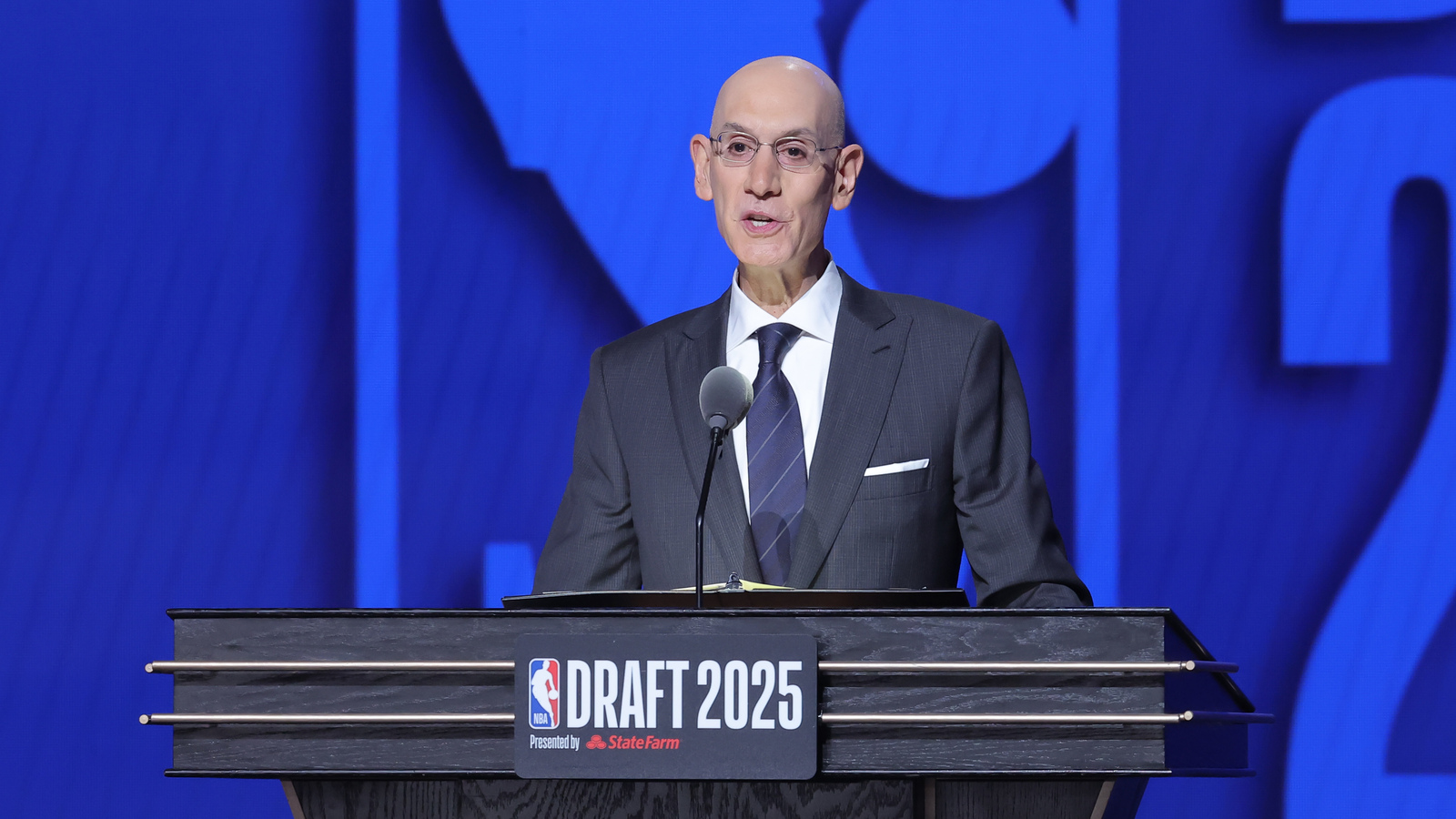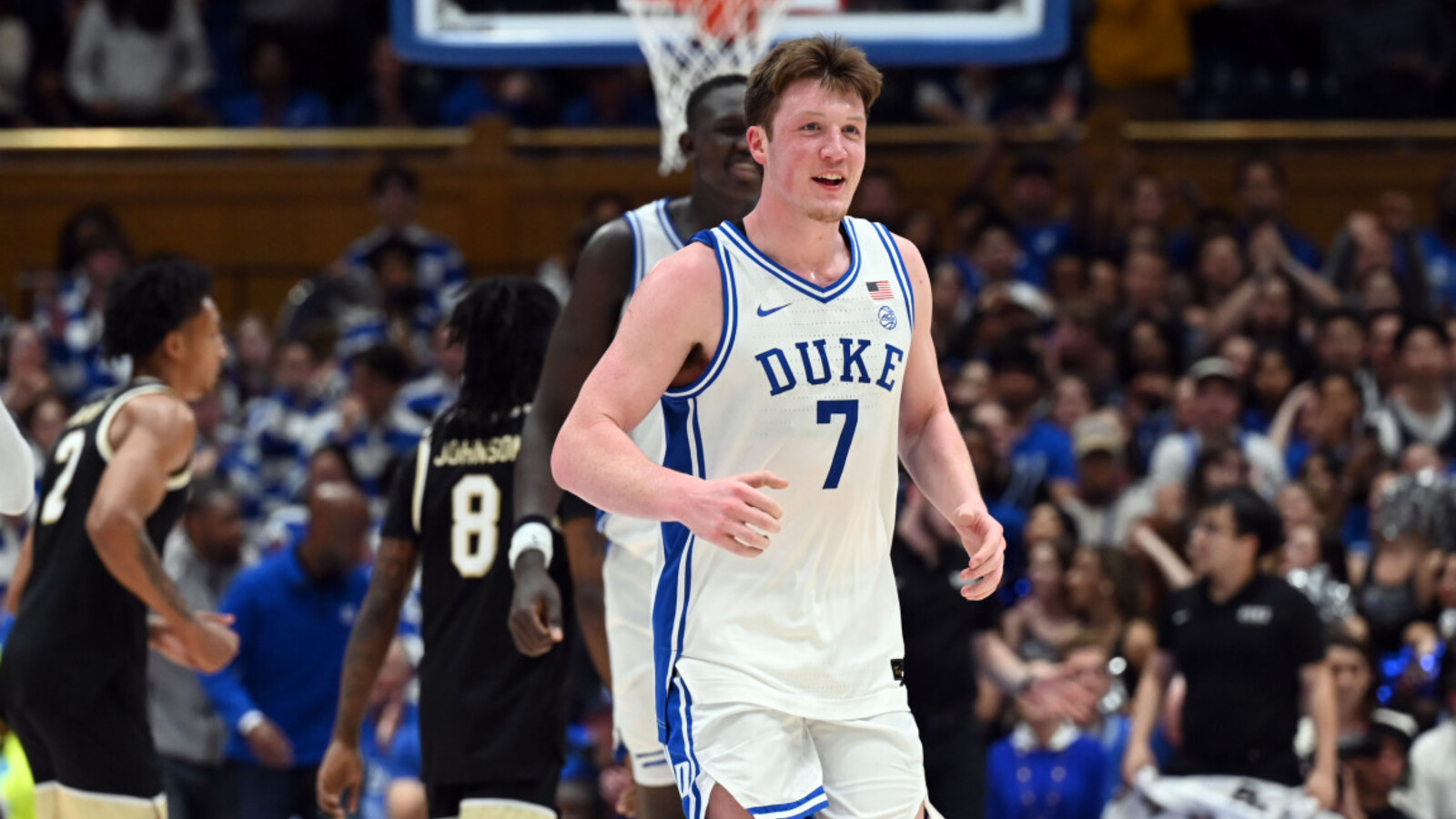Adam Silver on Using Tech to Combat Achilles Injuries
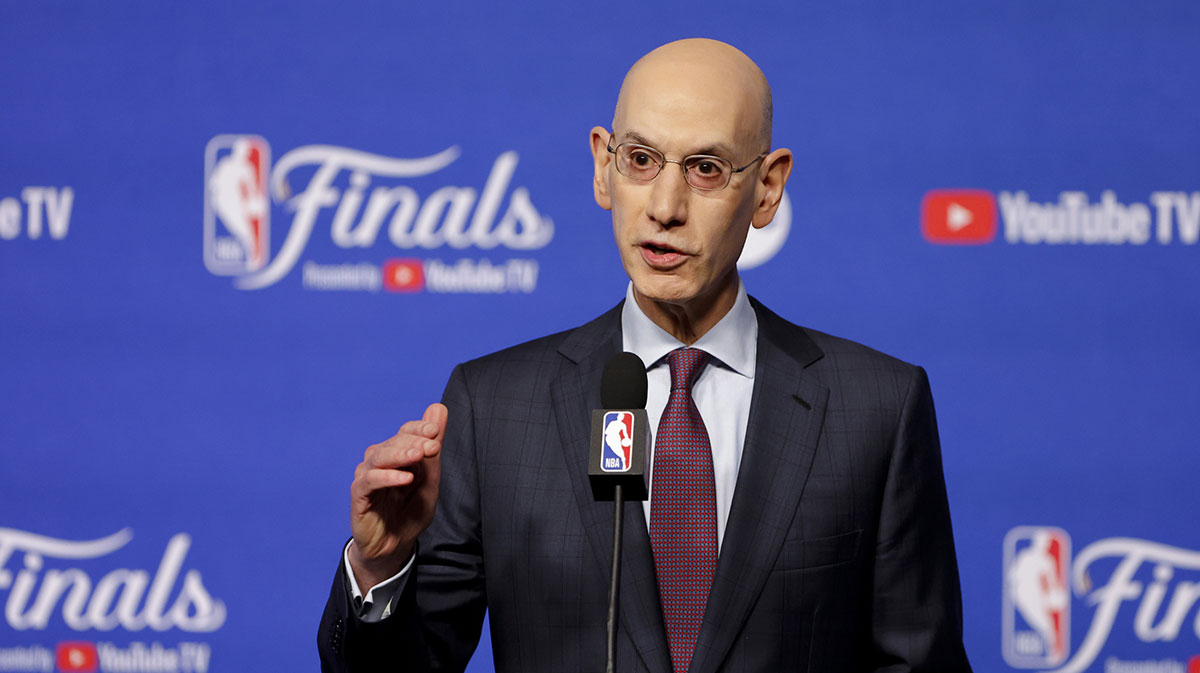
The National Basketball Association (NBA) is facing a significant and concerning rise in Achilles tendon injuries, prompting Commissioner Adam Silver to explore innovative solutions, including the integration of artificial intelligence (AI). The 2024–25 season witnessed an unprecedented seven Achilles ruptures, a dramatic increase compared to zero the previous season under identical circumstances, and significantly higher than the prior seasonal high of four. Historically, from 1990–91 to 2022–23, only 45 Achilles ruptures were recorded across 32 NBA seasons, making the recent surge a major statistical anomaly.
Key players affected during the 2024–25 season include James Wiseman, Isaiah Jackson, Dejounte Murray, and Dru Smith during the regular season, alongside high-profile stars Damian Lillard, Jayson Tatum, and most notably, Indiana Pacers guard Tyrese Haliburton, whose rupture occurred during Game 7 of the NBA Finals. This alarming trend has raised serious questions about the physical demands placed on modern NBA athletes.
In response, Adam Silver confirmed that a panel of medical experts had been convened even before Haliburton's injury to investigate the problem. The league is now turning to AI to aid in prevention efforts. Silver stated his hope that by analyzing vast amounts of data, including video footage of every game a player has participated in, AI can detect patterns previously unrecognized that contribute to Achilles injuries. AI is already utilized in team and individual sports to predict muscle injuries and manage workloads, suggesting its potential in assessing Achilles risk.
Medical experts cite multiple factors contributing to this rise. Dr. Nirav Pandya of UC San Francisco highlighted increased explosiveness in modern gameplay, tighter game schedules, and the cumulative physical wear from year-round basketball, including youth circuits. He noted that today’s athletes are often entering the league with bodies already stressed by early sports specialization. Dr. Kevin Farmer and Dr. James Borchers support this theory, observing that young players are now suffering injuries typically seen in older athletes. Examples include Haliburton (25), Tatum (27), and Lillard (34), who all sustained Achilles injuries this postseason, indicating a shift from injuries predominantly occurring in players in their 30s or 40s.
The timing and circumstances of these injuries also challenge previous assumptions. Silver pointed out that the majority of Achilles injuries over the last decade occurred before the All-Star break, suggesting that season length alone might not be the sole determinant. Furthermore, playing through injury, particularly calf strains, has been identified as a critical risk factor. Haliburton's decision to play in Game 7 after suffering a strained calf in Game 5 likely exacerbated his risk, as medical experts emphasize that calf injuries place additional stress on the Achilles tendon. A similar scenario unfolded in 2019 when Kevin Durant tore his Achilles after returning from a calf strain in the NBA Finals.
While recovery from such injuries has improved, explosive players like Haliburton face more challenging comebacks than shooters like Durant. With the combined efforts of advanced AI analytics and insights from medical professionals, the NBA is committed to a proactive approach to better understand, predict, and ultimately prevent these career-altering Achilles ruptures, safeguarding the long-term health of its athletes.



